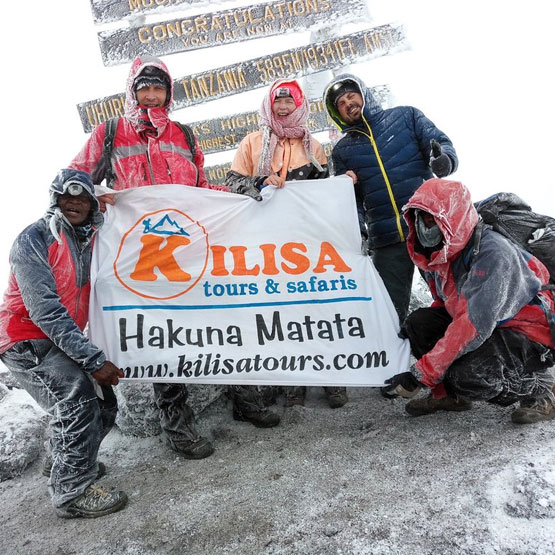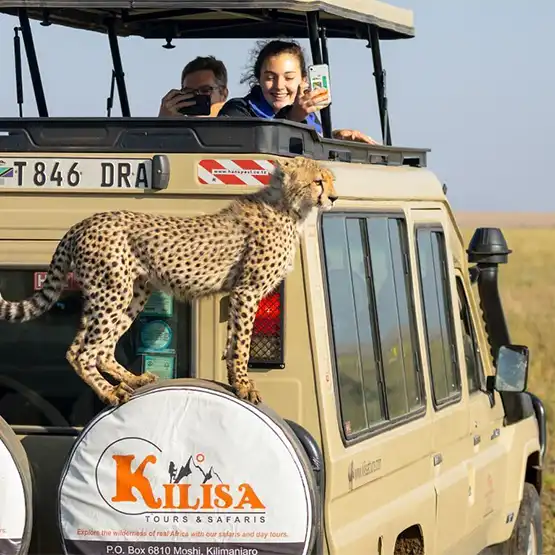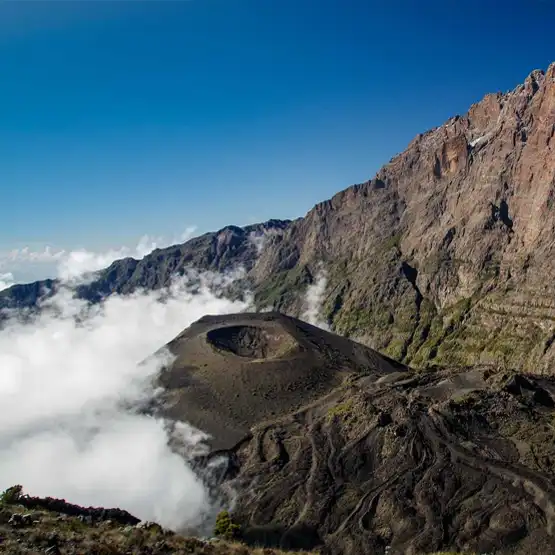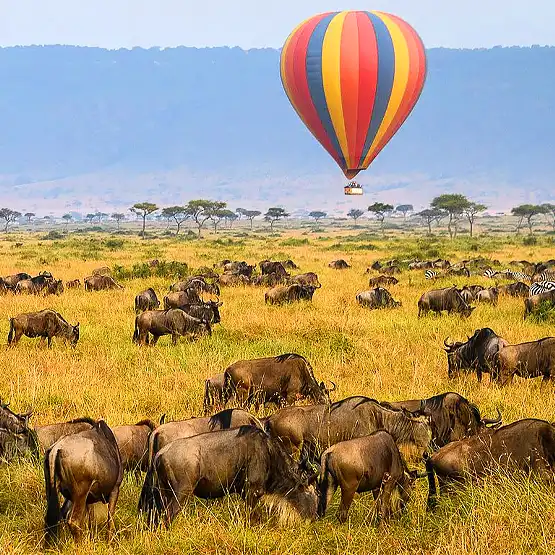How Safe Is Kilimanjaro?
How Safe Is It To Climb Kilimanjaro? – We often face these kinds of questions from the beginners or those who are new to Kilimanjaro. Kilimanjaro Health & Safety is on the top when it comes to altitude sickness while Mount Kilimanjaro Climbing, the highest peak of Africa stands at 19,341 ft.

Hiking to snow-capped mountain Kilimanjaro is among the most dangerous things in the world. The evacuated people are 1000 people approximately where around 10 deaths happen every year due to altitude sickness.
Hiking for Mt. Kilimanjaro may be dangerous due to altitude sickness and extreme weather condition and altitude.
As one of the most reputable Climb Kilimanjaro Guide, Snow Africa Adventure gives importance to Kilimanjaro Health and Safety of each and every client before and at the time of hiking.
No other climbing company provides such a comprehensive safety program.
Safety Is The Most Important Aspect Of Your Climb

For Kilimanjaro Health and Safety, we take care of your some success related issues while Mount Kilimanjaro Climbing. To minimize the risks on Kilimanjaro, we have some safety layers built into our operations. The reason behind these medical issues is generally because of high altitude, bitter cold and adverse weather conditions.
Altitude Sickness
Altitude sickness is the most observed issue that is on the top of the priority list of our Kilimanjaro Health & Safety Guide. Acute Mountain Sickness (AMS) is the severe form of altitude sickness. The altitude sickness can be managed quickly, by evacuating the suffered individual down to a lower height. To avoid sickness, we start with a moderate pace at the beginning of trek or add extra days to acclimatize with different altitudes. In severe cases, we also have oxygen to cure you. We recommend drinking 3-4 litres of water on every day during the hike. You can keep altitude sickness medicine with you.
Hypothermia
Hypothermia occurs when the body loses the temperature faster than it can produce. Right clothing and trekking gears are essential to prevent Hypothermia. Clothing on Layers is the best astonishing idea against hypothermia. The treatment of hypothermia is possible, if someone passed to a protected zone or to lower altitude immediately. After removing the wet clothing from the body of harmed person, we put them inside three climbing beds for warmth.
Sunburn
Sunburn caused due to direct contact with Sun UV light radiations while Mount Kilimanjaro Climbing. So we recommended using +30 SPF sunscreen cream during the trekking. Wearing a wide hat or UV protective shades with a sideboard are also recommended.
Foot Problems
Foot problems like rubbing, injury can be happened by wearing the hindered fitting boots or new boots. So we suggest to wear a functional consolidate of footwear. Keeping toenails short makes it comfortable on your socks. Immediate empty the boot, if you develop sore and treat it with zinc oxide tape or an unaffected plaster.
High Quality Safety Equipment

We take and provide necessary medical and safety equipment on every single trek for Kilimanjaro Health & Safety.
- Oxygen– In case of emergency or severe altitude sickness
- AED (defibrillator)– Automated external defibrillators are used for sudden cardiac arrest
- Gamow Bag/Hyperbaric Chamber – To treat the severe cases of altitude sickness, high-altitude cerebral edema (HACE), and high-altitude pulmonary edema (HAPE). Gamow bag uses increased partial pressure of oxygen for therapy of hypobaric injury in case of HACE, which is caused by fluid leakage from the brain
- Pulse oximeter, for daily monitoring of trekkers
- Evacuation stretcher– To give the comfort and warm to the affected person.
- First-aid kit
- Climbing helmets
Kilimanjaro Health & Safety On the Mountain

The effects of high altitude mountain sickness kick in once you reach the peak of 2400mm height Most of the hikers feels the effect of the altitude sickness on their body above the altitude of 2400 metres.
The symptoms of Kilimanjaro Altitude Sickness are headaches, nausea, fatigue, sleep disturbance, irritability, muscle aches, dizziness, breathlessness, loss of appetite, and possibly palpitations.
- Maintain proper diet on the high altitude and drink 3 to 4 litres fluid to keep yourself hydrated
- Avoid the challenge “How Fast Can You Climb Kilimanjaro”
- Choose the longer route to trek for better acclimatization.
- Avail better quality clothing and hiking gears with other equipments
- Follow “climb high and sleep low” during the trekking
- Get the necessary vaccinations for hepatitis A, diphtheria, tetanus, etc. and malaria prophylaxis
- Carry personal first aid kit including bandages, tape, blister kit, antibacterial and antifungal cream, antibiotics flu medications, throat lozenges, and altitude medications such as diamox.
- Get a travel and health insurance which covers evacuation and medical treat above 6000m altitude.
OTHER SAFETY GUIDES:
- Always be with your group and enjoy the company.
- Follow your guide’s instructions.
- Avoid alcohol, smoking and other toxic habits.
- Hydrate yourself by drinking a lot of water
- Follow “climb high, sleep low” strategy and get proper rest

Our guides are certified Wilderness First Responders, medically trained and have several type of mobile communication. You’ll never ask the answer for “How Hard Is It To Climb Kilimanjaro”, if you choose Kilisa Tours and Safaris as your trekking partner. To know more about us, visit @ https://kilisatours.com/





